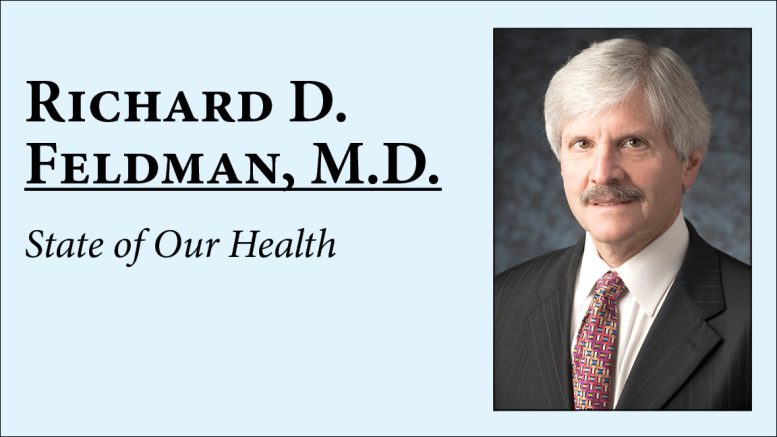In various state health-ranking reports, Indiana is consistently among the unhealthiest states on most any measure including chronic disease, overall health, and life expectancy.
According to the American Lung Association, our state’s maternal smoking rate is well above the national average and our adult smoking rank is eighth-highest nationally. One in five Hoosiers, 11,000 annually, die as a result of smoking. Tobacco plays a large role in our miserable state of health.
Historically, public health funding has been a low priority for the Indiana General Assembly. But recently, I have been encouraged by its support of public health. Since 2021, the legislature has allocated an additional $275 million to address Indiana’s most pressing public-health challenges. Let’s add to this accomplishment by increasing the cigarette tax.
The legislature has repeatedly failed to increase the cigarette tax; the last increase occurred in 2007. The political influence of the tobacco industry runs dark and deep, and legislators need to push Big Tobacco aside. In fact, it would be a political win. A 2018 survey conducted by Bellwether Research found that nearly two-thirds of Indiana voters favored a $2 cigarette-tax increase if just part of the revenue went to tobacco-prevention programs.
Indiana’s cigarette tax is 99.5 cents per pack (39th lowest among the states). The national average is $1.96. And look at our surrounding states: Michigan’s cigarette tax is $2.00 per pack; Ohio is $1.60; Illinois, $2.98; Wisconsin, $2.52; and even the tobacco state of Kentucky is $1.10 per pack. These states understand that increasing tobacco taxes discourages smoking, youth initiation, and provides increased tax revenue.
According to the Campaign for Tobacco-Free Kids, increasing cigarette taxes, despite reducing smoking rates, have never demonstrated a point of diminishing cigarette tax revenues even in high cigarette-tax states – New York is the highest at $5.35 per pack. Tobacco taxes are a stable source of state revenue.
Although estimates vary, a $2 increase per pack would generate about $360 million annually. Increased taxes on vapes should also be considered given the high rates of use, particularly by youth.
Funding for Medicaid and non-health-related uses will undoubtedly be beneficiaries for increased cigarette taxes, but increased funding for the state’s languishing tobacco prevention and cessation program is essential.
Indiana is mired in economic losses due to smoking. Tobacco use results yearly in $7.5 billion in lost productivity, $3.4 billion in healthcare costs, $634 million in state Medicaid costs, and an additional business expenditure of $5,800 for each smoking employee. An unhealthy workforce is a drag on business and a barrier for economic development.
According to the World Health Organization and the National Cancer Institute, raising the cost of tobacco is the single most effective strategy for reducing tobacco use. The general consensus from multiple sources is that, for every 10 percent increase in the cost of cigarettes, smoking youth smoking is reduced by seven percent, adult smoking by two percent, and total consumption by four percent.
Some regard the cigarette tax as regressive, disproportionately affecting low-income families. With their high rate of smoking, they have the most to gain in improved health. And without buying cigarettes, they will have more money to spend on life’s essentials.
It’s a great time to increase the cigarette tax. This is a legislative budget session in a non-election year. The increase would mitigate difficult budget-reduction decisions which loom in the face of a huge Medicaid shortfall.
A long-overdue Increase in the cigarette tax would be big medicine for Indiana’s health and economics.
Richard D. Feldman, M.D. is an Indianapolis family physician and former Indiana State Health Commissioner who served in the administration of Governor Frank O’Bannon.


It seems I have heard this losing argument before. I do not smoke but I know people who do. The ones who are truly addicted will forgo healthy food for cheap junk food, they will either ration out their medication(s) or stop taking them just so they can buy that next pack/carton of cigarettes. Poor choices lead to poor outcomes and raising the cost has NOT had the intended effect. I have worked with people who can’t wait for their next break for another smoke. That is why we have poor outcomes in diseases associated with smoking. Public shaming and outlawing smoking in public places only caused them to stop going out which only increased isolation and depression great idea that one! I think a new approach is warranted as increasing the costs (ie tax increase) has caused more problems than it solved then and now.